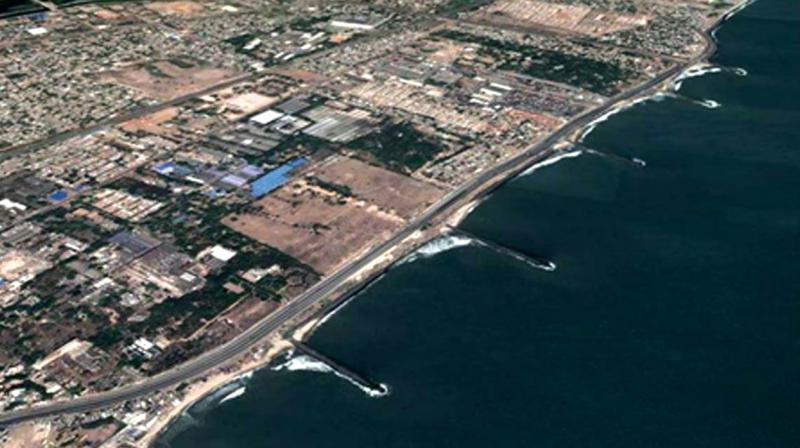Soil erosion problem: IIT groynes shield saves coastline

ALAPPUZHA: Some 25 groynes laid by the IIT Madras since 2007 along Kerala coastline still save coastal hamlets. Though local folks had raised doubts over its performance, Dr V. Sundar, professor of ocean engineering at the IIT-M who headed the project, said it’s performance was satisfactory compared to other methods. Implemented on request to check devastating annual sea erosion, it was aligned after analysing several aspects including movement of sand along the coast along with beach profiles, selection of protection measure (either groyne field or conventional seawall) and fixing the length of the groyne field and spacing.
“We insisted on the technical approach towards the implementation of the groyne field as natural approach could lead to negative impacts. So we are satisfied with the performance, and it helped to save many villages in Kerala since 2007,” he told this newspaper. The IIT-M has done a review on the implemented groyne fields for some 20 locations in the state. “Based on a detailed analysis, it is found that 12 of the 20 are in good state and functioning very efficiently and have recovered a lot of beaches. The remaining also controlled erosion to an acceptable level,” he said.
The concept came to India in the 1960s. Unlike seawalls, these structures are capable of saving seashores lost to annual erosion. ‘The number of closely spaced groynes will bring down the sediments along the coast as it trapped in between the gaps,” he explains. IIT-M asks the coastal folks for its regular maintenance, particularly post-monsoon.
“As part of solving coastal problems, IIT-M team is currently implementing a groyne field project in North Chennai,” he said. The IIT-M method yielded result while 16 groynes (pulimuttu) laid by irrigation department in Purakkad panchayat spending Rs 12 crore remain ineffective. V. Dinakaran general secretary, Akhila Kerala Dheevara Sabha, says the authorities put the rock pieces into the sea in a non-technical manner. “They had even sought the practical experience of local people,” he said.

